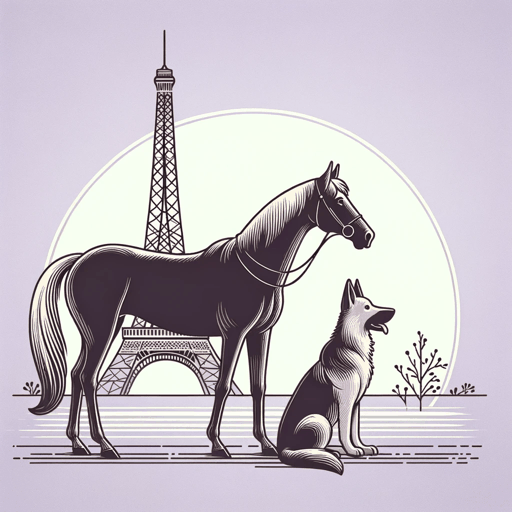47 pages • 1 hour read
Jane SmileyPerestroika In Paris
Fiction | Novel | Adult | Published in 2020A modern alternative to SparkNotes and CliffsNotes, SuperSummary offers high-quality Study Guides with detailed chapter summaries and analysis of major themes, characters, and more.
Background
Genre Context: Magical Realism
Magical realism is a subgenre of fiction that is set in the real world and incorporates magical or fairy-tale elements into a narrative that is otherwise a realist depiction of everyday life. Magical realism thus explores the boundaries between the real and unreal and the role of the creative imagination for both writers and readers.
Magic realism draws on past fictional traditions such as religious, mythological, and fairytale narratives, written before the secularization and scientific rationalism of Western society. It also draws on an ancient surviving tradition of non-Western literature, which has tended to maintain a greater mixture of “real” and “magical” elements in contemporary literary culture.
In a modern, Western context, magic realism is a deliberate method to highlight the constructed and imaginative nature of a narrative and to extend the reader’s suspension of disbelief into the magical realm. Its purpose is very often allegorical (i.e., presenting a parallel representation of reality). Many critics consider the modern form of magical realism to have developed in Latin American culture, originating with Jorge Luis Borges’s 1939 collection of short stories Historia universal de la infamia (A Universal History of Iniquity).



